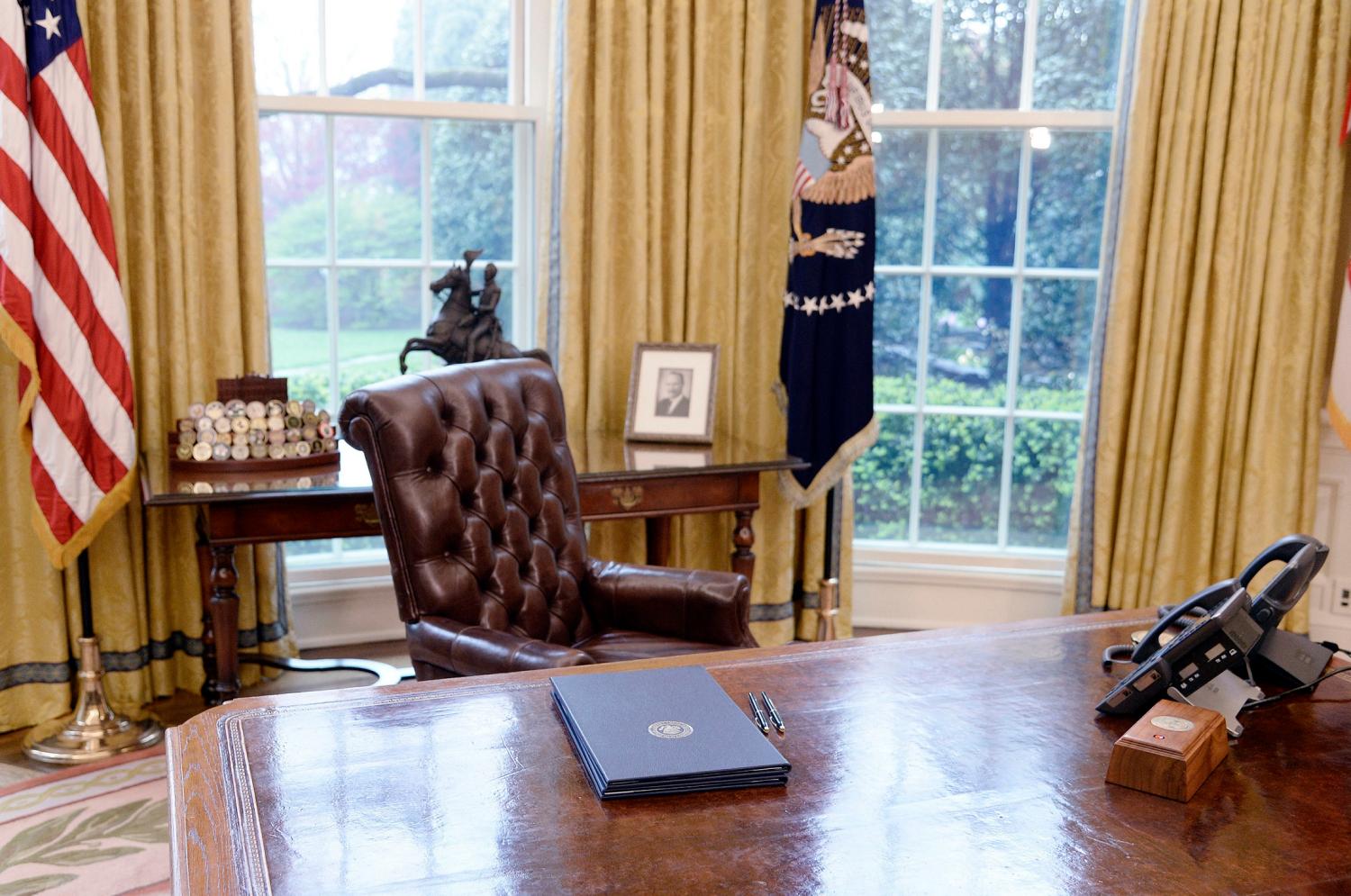The following is a summary of the second session of the Congressional Study Group on Foreign Relations and National Security, a program for congressional staff focused on critically engaging the legal and policy factors that define the role that Congress plays in various aspects of U.S. foreign relations and national security policy.
On April 3, 2020, the Congressional Study Group on Foreign Relations and National Security convened online to discuss the executive branch’s use of executive agreements and Congress’s oversight thereof. While the Constitution only identifies one means of entering into international agreement, the United States now uses several—including executive agreements, which presidents often pursue with little to no direct congressional input. But how much does Congress really know about how these executive agreements are used?
To discuss this topic, the study group was joined by three leading experts in U.S. foreign relations law: Curt Bradley of Duke University School of Law, and a former Counselor on International Law at the U.S. State Department; Oona Hathaway of Yale Law School, a former Special Counsel at the U.S. Defense Department; and Jack Goldsmith of Harvard Law School, a former Assistant Attorney General at the U.S. Justice Department. Prior to the session, they shared excerpts from their then-forthcoming article “The Failed Transparency Regime for Executive Agreements,” which has since been published in the Harvard Law Review. In addition, the study group coordinator Scott R. Anderson circulated a handout (download here) providing information on relevant legal authorities.
Bradley began with an overview of the different legal mechanisms used to enter the United States into international agreements, including: Article II treaties pursued with the advice and consent of the Senate; treaty-based executive agreements authorized by other international agreements; congressional-executive agreements authorized by legislation, either ex ante or ex post; and sole executive agreements, which the president pursues under his or her own constitutional authority. He then went on to lay out the current state of the statutory framework that Congress has put in place to promote transparency around the use of such agreements. One set of statutes requires publication online of all these international agreements within 180 days of their entry into force, but contains various carve-outs and requires no explanation of the legal authority under which they were pursued. Another requires that executive agreements be reported to Congress, but not necessarily the public, within 60 days of entry into force—including secret agreements, which are communicated through a special process—along with an explanation of their legal basis, usually included in an associated cover letter.
Hathaway then went on to describe the results of a survey the three co-authors had conducted of the executive agreements and related cover letters that the executive branch had transmitted to Congress between 1989 and 2017, which they had acquired through a Freedom of Information Act request. Their analysis revealed major deficiencies with the online publication regime, as just 31% of the executive agreements reported to Congress were included in the official online database–far less than one could locate in comparable private databases. Other problems were evident in the congressional reporting regime as well, as a substantial number of cover memos suggested that the executive agreements in question were being transmitted late while private databases contained several thousand such agreements that were never transmitted to Congress. More problematic still, the cover letters showed that the legal basis for many of the executive branch’s uses of executive agreements was questionable, as less than half pointed to express statutory authorization for engaging in the executive agreement in question while 17% cited statutes that could not plausibly be read as providing any such authorization. To address these issues, Hathaway argued that Congress could require the executive branch to more broadly publish all international agreements and associated cover letters—with specific descriptions of the legal basis for the executive agreement in question—in order to allow for more public oversight, and perhaps put limits on the use of funds for them or their entry into force until published or transmitted. Or even absent legislation, relevant congressional committees could promote public transparency by electing to publish the executive agreements and cover letters they receive and by making demands of agencies for more specificity regarding legal authorities within the cover letters they receive.
The study group then moved to open discussion on these and related issues. This included questions about how Congress might better structure authorizing legislation for executive agreements, steps Congress may be able to take to signal the need for adequate compliance with publication and reporting requirements with foreign partners, the challenges that relevant congressional committees face both in overseeing the use of executive agreements, and factors that have led to the decline in the use of conventional Article II treaties.
Visit the Congressional Study Group on Foreign Relations and National Security landing page to access notes and information on other sessions.



